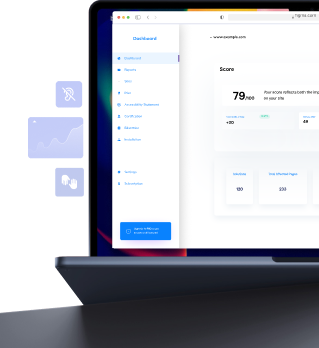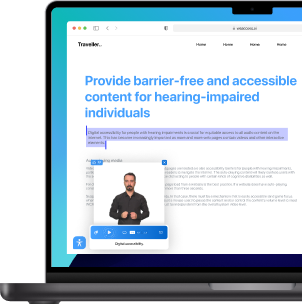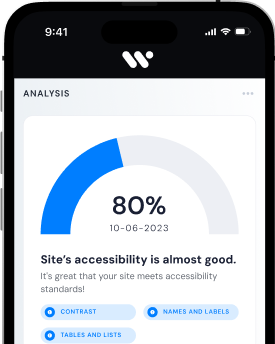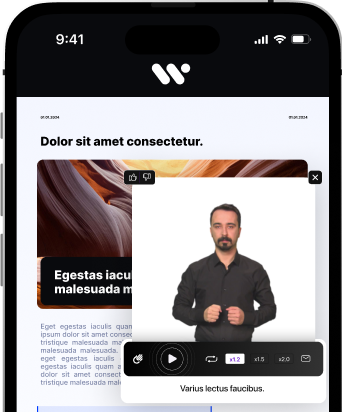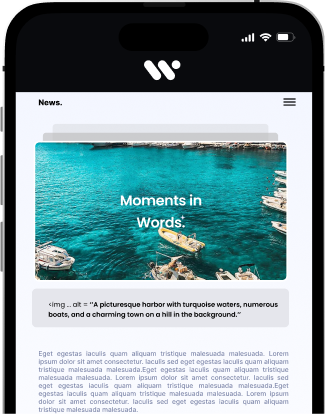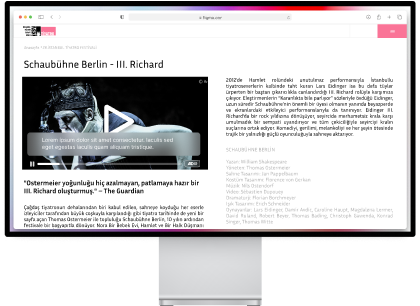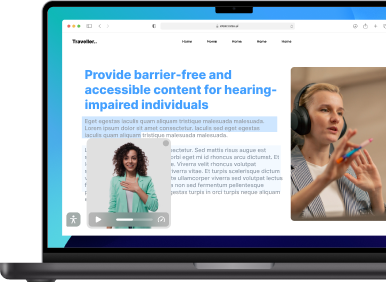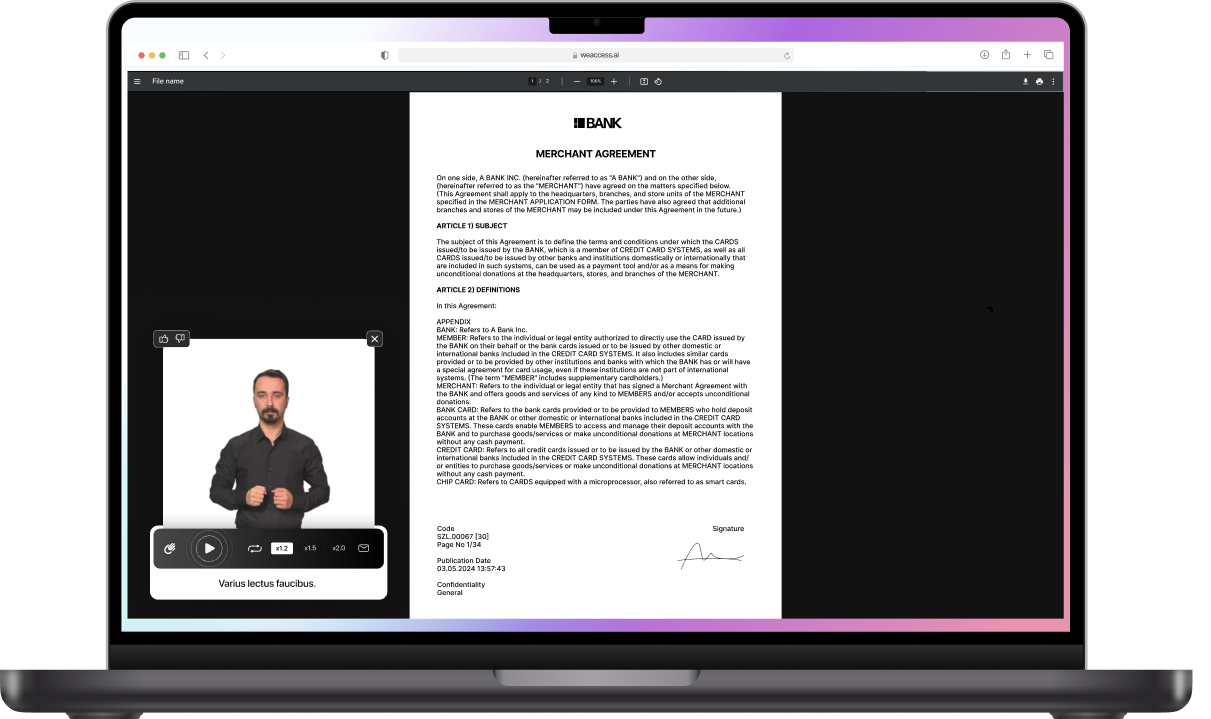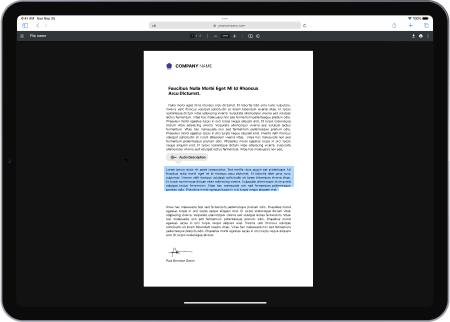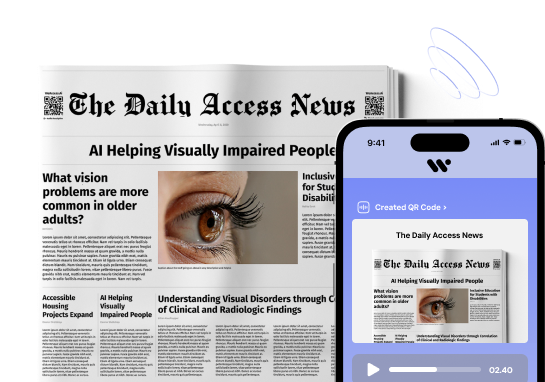Switzerland Accessibility Website
In present times, ensuring digital accessibility is crucial to create an inclusive online environment for everyone. This includes individuals with disabilities who might face barriers in accessing information and services. Switzerland, as a part of the European accessibility landscape, has digital accessibility laws and guidelines in place to ensure that websites and public spaces are accessible to people with disabilities. In this article, we will explore the digital accessibility laws in Switzerland, considerations for website and public transport accessibility, and ways to enhance overall accessibility for people with disabilities in Switzerland.
What are the digital accessibility laws in Switzerland?
Overview of accessibility laws in Switzerland
Switzerland’s digital accessibility laws aim to ensure equal access to information and services for people with disabilities. The Disability Discrimination Act (DDA) in Switzerland outlines the requirements for digital accessibility, including websites and other digital content.
Penalty for non-compliance with DDA
Non-compliance with the DDA in Switzerland can lead to legal consequences and penalties for organizations and businesses. It is essential for entities to adhere to the accessibility standards set by the law to avoid such penalties.
International standards for digital accessibility
Switzerland follows the international standards for digital accessibility, particularly the Web Content Accessibility Guidelines (WCAG). These guidelines provide a framework for creating accessible digital content that is inclusive of people with disabilities.
How can websites ensure compliance with accessibility requirements in Switzerland?
Understanding WCAG guidelines
Websites can ensure compliance with accessibility requirements in Switzerland by understanding and implementing the WCAG guidelines. These guidelines, categorized into different levels of conformance such as A, AA, and AAA, provide specific criteria for achieving digital accessibility.
Tips for creating wheelchair-accessible content
Creating wheelchair-accessible content involves incorporating features such as alternative text for images, keyboard navigable functionalities, and clear headings for screen readers. An inclusive design approach ensures that individuals using wheelchairs can effectively navigate and engage with digital content.
How to prioritize website accessibility for people with disabilities
Prioritizing website accessibility involves considering the needs of people with different types of disabilities. This includes providing captions for audiovisual content, ensuring compatibility with assistive technologies, and conducting user testing with individuals with disabilities to gather feedback on the website's accessibility.
What are the considerations for public transport accessibility in Switzerland?
Ensuring barrier-free access to public transport
Public transport accessibility in Switzerland requires infrastructure and transportation services to be designed and maintained with barrier-free access in mind. This involves features such as ramps, designated spaces for wheelchair users, and audio announcements for visually impaired passengers.
Assistive technologies for public transport users
Utilizing assistive technologies such as audio induction loops, tactile markings, and accessible ticket vending machines supports the accessibility of public transport for individuals with disabilities. These technologies enhance the overall experience for passengers with diverse accessibility needs.
Contact information for accessibility inquiries
Public transport providers in Switzerland should make accessibility information readily available to passengers, including contact details for accessibility inquiries. This ensures that individuals with disabilities can communicate their specific requirements and receive necessary assistance when using public transportation services.
What are the general accessibility requirements for websites in Switzerland?
Content creators' role in ensuring digital accessibility
Content creators play a crucial role in ensuring digital accessibility by producing content that meets the accessibility requirements defined by the DDA and international standards. They need to be aware of accessible design principles and continually review and refine the digital content for compliance.
Key elements of a digitally accessible website
A digitally accessible website incorporates features such as clear navigation, descriptive link text, adaptable font sizes, and sufficient color contrast. These elements enhance the usability of the website for individuals with disabilities and ensure a seamless browsing experience for all users.
Non-compliance consequences and strategies for compliance
Non-compliance with the accessibility laws in Switzerland can lead to reputational damage and legal ramifications for organizations. To avoid such consequences, it is important for businesses to implement strategies for compliance, which may include conducting accessibility audits, providing staff training, and engaging in accessibility advocacy initiatives.
How to make Switzerland more accessible for people with disabilities?
Improving wheelchair accessibility in Geneva
Improving wheelchair accessibility in cities like Geneva involves enhancing infrastructure such as sidewalks, public buildings, and recreational areas to be more inclusive and accommodating for individuals using wheelchairs. This includes the installation of curb ramps, accessible parking spaces, and barrier-free entrances.
Initiatives and programs promoting accessible tourism in Switzerland
Switzerland can promote accessible tourism by developing initiatives and programs that focus on providing accessible accommodations, attractions, and transportation options for travelers with disabilities. Collaboration with the hospitality sector and tourist organizations can further drive the accessibility initiatives in the tourism industry.
Enhancing accessibility in the digital content of tourist information
Ensuring that tourist information, including websites and digital platforms, is accessible to people with disabilities is essential for promoting inclusive tourism in Switzerland. This involves optimizing websites for screen readers, providing multilingual accessibility features, and offering comprehensive information on accessible tourist destinations and services.
Penalty for Non-Compliance with DDA
The Penalty for Non-Compliance with Switzerland's Disability Discrimination Act (DDA) can result in fines and legal action by the Swiss government. The DDA aligns with W3C and EU accessibility standards, requiring businesses and organizations to adhere to specific requirements for disabled-friendly design. Failure to comply with these regulations can lead to severe consequences, emphasizing the importance of inclusion and accessibility for all individuals within Swiss society.
Web Content Accessibility Guidelines (WCAG)
The Web Content Accessibility Guidelines (WCAG) are a set of standards developed to improve the accessibility of web content for those with disabilities. The guidelines, established by the International Organization for Standardization (ISO), are designed to ensure that websites are accessible to all users, regardless of any physical or cognitive impairments. In Switzerland, the Disability Equality Ordinance requires websites to meet WCAG conformance, ensuring that all individuals have equal access to online information and services.
you may be interesting in EU Accessibility!

